Mold on bathroom scrubs is a common problem, as damp environments foster mold growth. Whether to clean or replace a moldy bathroom scrub depends on the severity of the mold and the brush material.
1. Attempt Cleaning (for mild mold stains)
Preparation:
Safety First: Wear rubber gloves to protect your hands.
Ventilation: Ensure the bathroom or work area is well ventilated (open an exhaust fan or window).
Cleaning the Bristles: First, rinse the bristles vigorously under the faucet to remove as much mold spores, dirt, and hair as possible.
Choose a Cleaning Method (either):
Method 1: White Vinegar Soak (Eco-Friendly and Safe)
Pour enough white vinegar (regular table vinegar will do) into a bucket or basin to cover the brush head.
Completely submerge the brush head in the vinegar.
Soak for at least 1-2 hours, or overnight (4-8 hours) for severe mold stains. The acidity of the vinegar kills mold and dissolves the stain. After soaking, remove the brush and vigorously scrub the moldy area with a stiff-bristled brush (such as an old toothbrush).
Finally, rinse thoroughly with plenty of water.
Method 2: Soak in bleach solution (vigorous, but careful)
This method is only suitable for brushes made of bleach-resistant materials such as plastic and nylon. Wooden, metal, or coated handles may be damaged.
In a basin, mix one part household bleach with ten parts cold water (for example, 1 cup bleach to 10 cups water). Do not use hot water, as it will weaken the bleaching effect and produce harmful fumes.
Partially submerge the brush head in the diluted bleach solution.
Soak for 10-30 minutes (do not soak for too long to avoid damaging the bristles).
After removing the brush, scrub the moldy area with a stiff-bristled brush.
Ultimately important: Rinse the brush repeatedly and thoroughly with plenty of water to ensure all bleach residue is removed. Bleach residue can irritate the skin. Warning: Never mix bleach with other cleaning agents such as vinegar and ammonia, as this can produce toxic fumes!
Method 3: Baking Soda Paste (Mild Stain Removal)
Mix baking soda with a small amount of water to form a thick paste.
Apply the baking soda paste to the moldy brush head and handle.
Let it sit for 30 minutes to 1 hour.
Scrub the moldy area vigorously with a stiff-bristled brush.
Rinse thoroughly with clean water. Baking soda has an absorbent and slightly abrasive effect, making it suitable for less severe mold stains or as a follow-up cleaning.
Method 4: Specialized Mold Cleaners
There are commercially available sprays or foams specifically formulated to remove mold (such as bathroom cleaners containing sodium hypochlorite or hydrogen peroxide).
Follow the product instructions, typically spraying the moldy area with the cleaner and letting it sit for a period of time (e.g., 10-15 minutes).
Scrub with a stiff-bristled brush.
Rinse thoroughly with plenty of clean water.
After a deep clean:
Regardless of the cleaning method used, rinse thoroughly to ensure no residual detergent remains.
Dry thoroughly: This is the most critical step to prevent mold from returning!
Shake vigorously to remove excess water.
Hang the brush upside down in a well-ventilated, dry area (such as on a hook in the shower, but not in a dark, damp corner).
Make sure the brush head faces downward so that water doesn't pool at the base of the bristles or where the handle joins.
If possible, store in a sunny, but not direct sunlight location (sunlight has a sterilizing effect). Avoid prolonged exposure to direct sunlight, as this can degrade the plastic and make it brittle.
Make sure the brush is completely and thoroughly dry before reusing or storing it.
2. Determine if it needs to be replaced (when cleaning is ineffective or undesirable)
Deep mold: If mold has penetrated deep into the bristles, the inside of the handle (especially wooden handles), or if the plastic is severely discolored, even if the surface is clean, there may still be a large number of mold spores inside, making them difficult to completely remove and unsanitary for continued use. Severely Damaged Bristles: The cleaning process (especially with bleach) or the mold itself can cause the bristles to become hard, brittle, break, or deform, significantly reducing their cleaning effectiveness.
Unremovable Odors: If a brush still has a noticeable musty or unpleasant odor after cleaning and thoroughly drying, it indicates severe mold contamination and should be replaced.
3. Preventing Bathroom Brushes from Re-Growing Mold
Rinse thoroughly: After each use, rinse the bristles under the tap to remove soap scum, skin flakes, and other residue.
Shake thoroughly: After rinsing, shake vigorously to remove excess water.
Hang Upside Down to Dry: This is the most important step! After each use, hang the brush upside down in a well-ventilated, relatively dry area (such as a hook on the shower rod or a suction cup hook on the wall). Avoid placing it flat in a soap dish where water accumulates or in a dark, damp corner.
Choose a Ventilated Location: Hang the brush in a well-ventilated, less humid area of the bathroom (away from direct showerheads). Regular deep cleaning: Even if there are no obvious mold spots, you should soak and clean your bathroom with a solution of white vinegar or baking soda every few weeks or a month to sterilize and prevent mold.
Consider replacement frequency: Bathroom brushes are consumable items. Even with proper care, it's recommended to replace them every 3-6 months to ensure effective cleaning and hygiene.


 中文简体
中文简体 English
English Español
Español Français
Français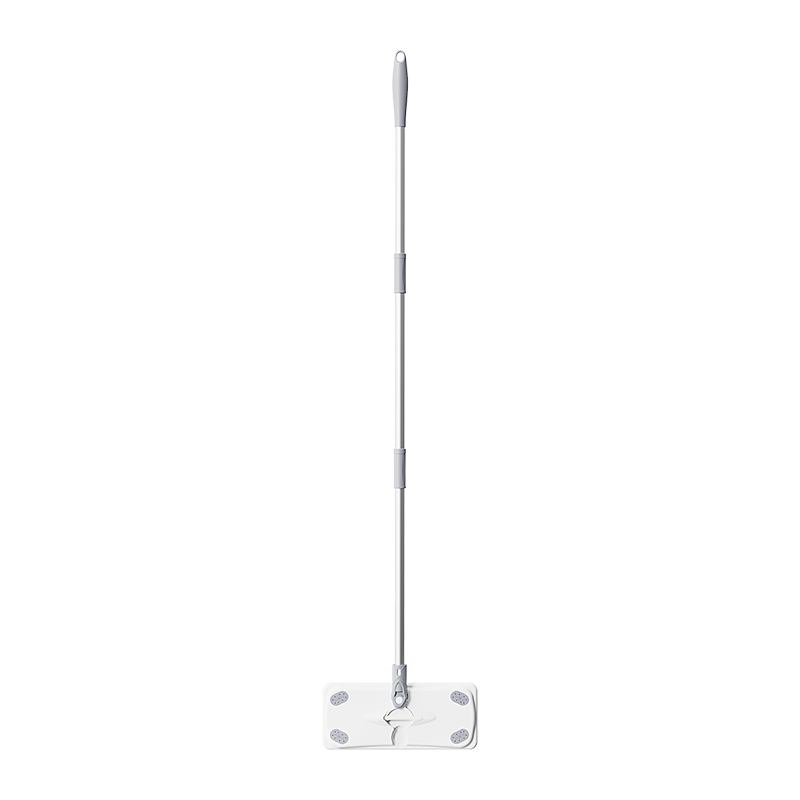
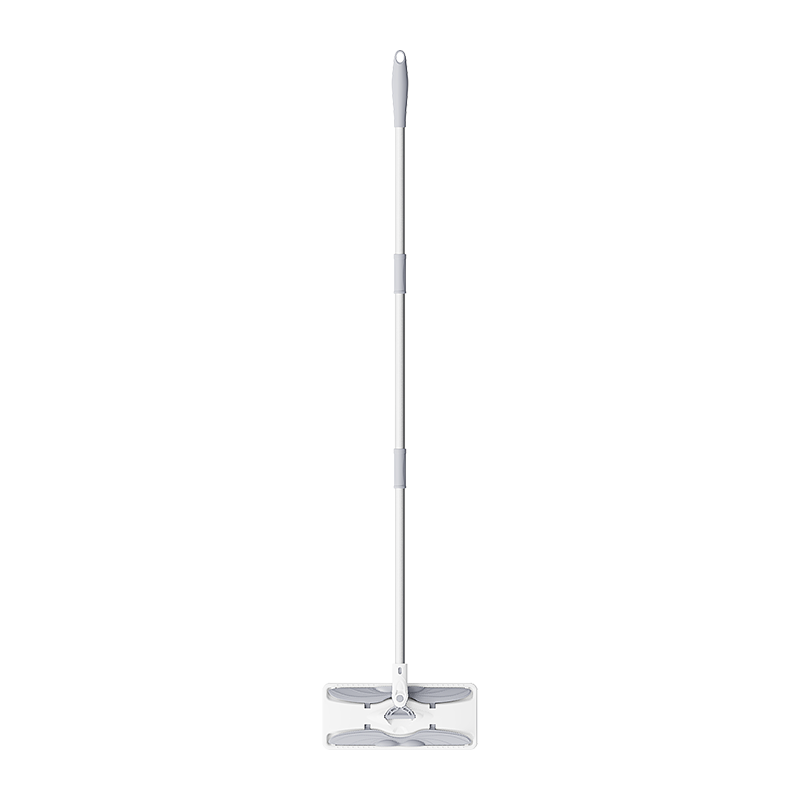
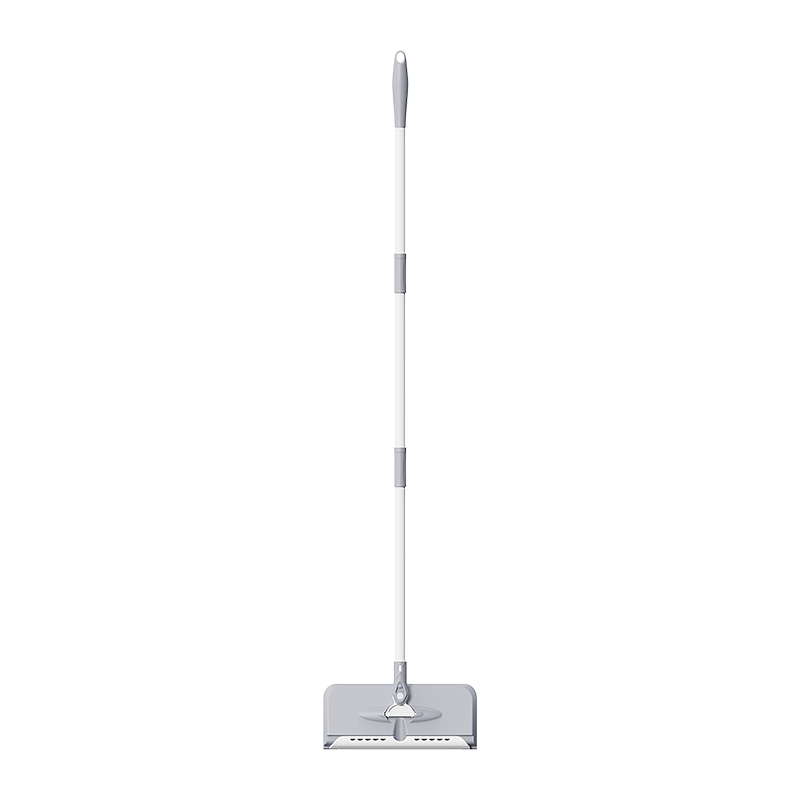
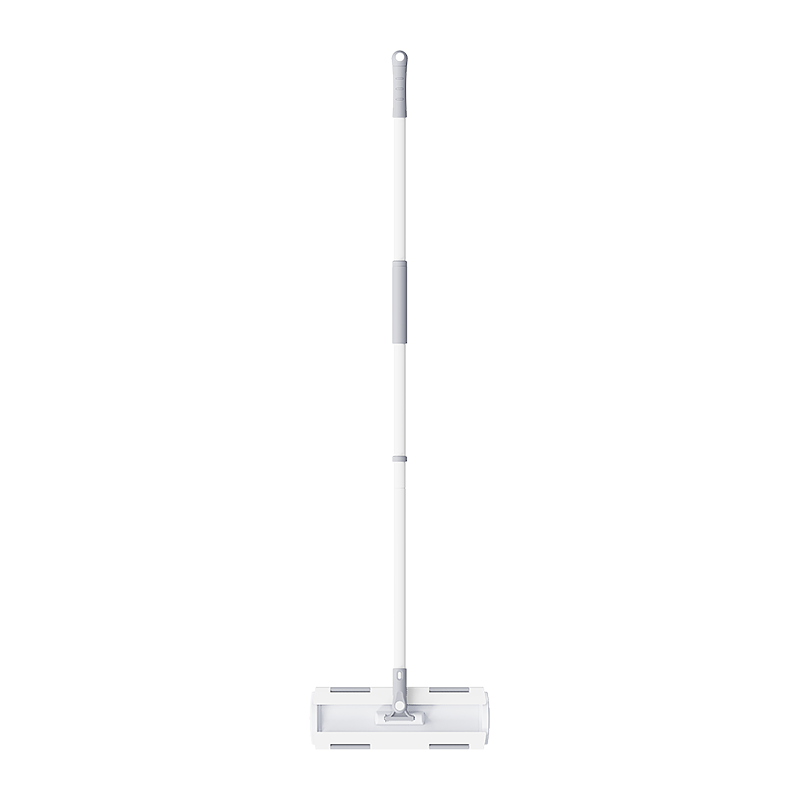
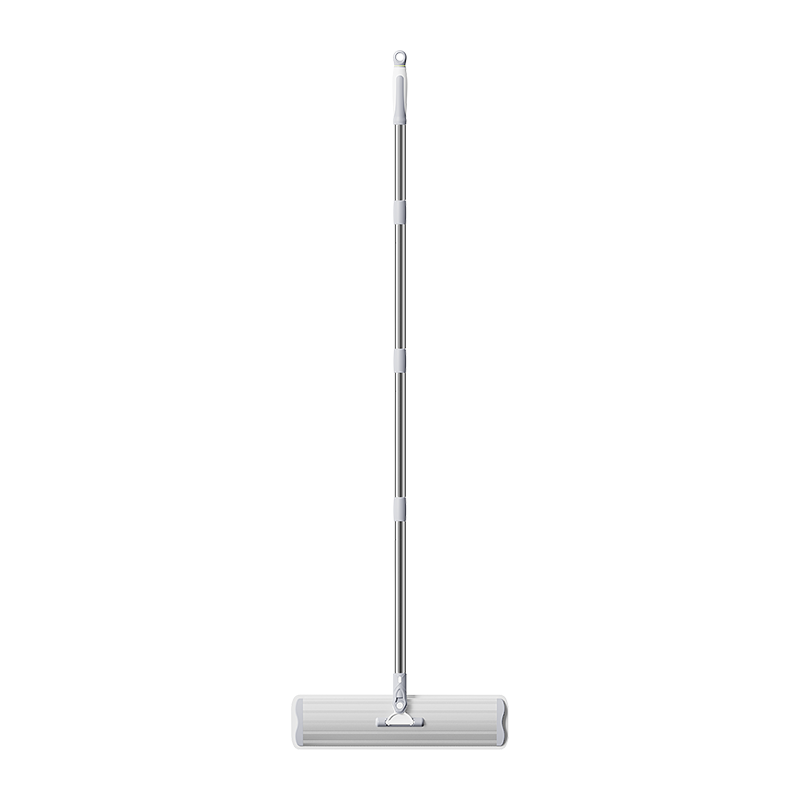
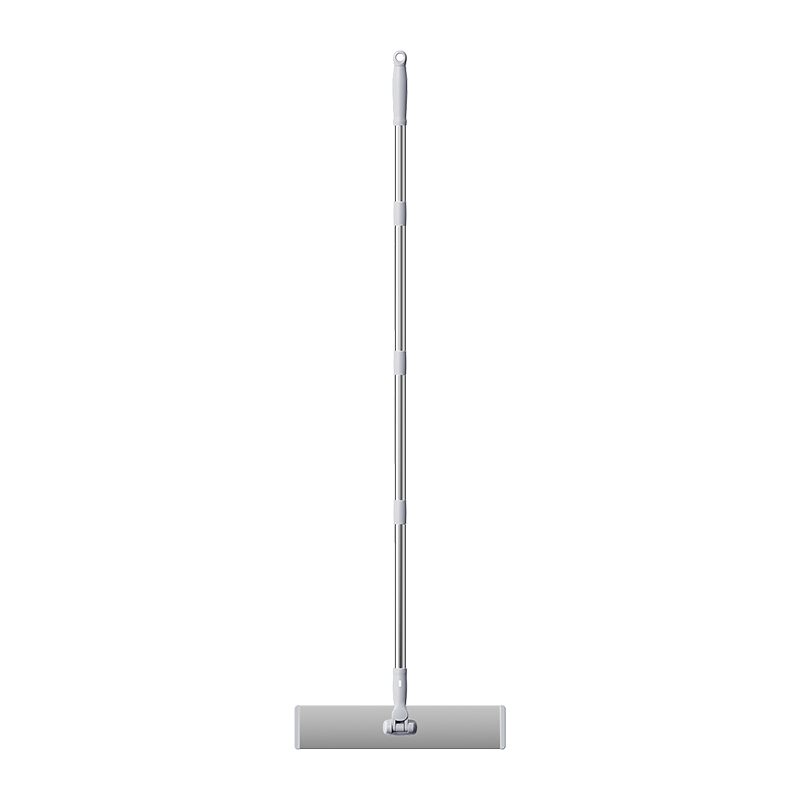
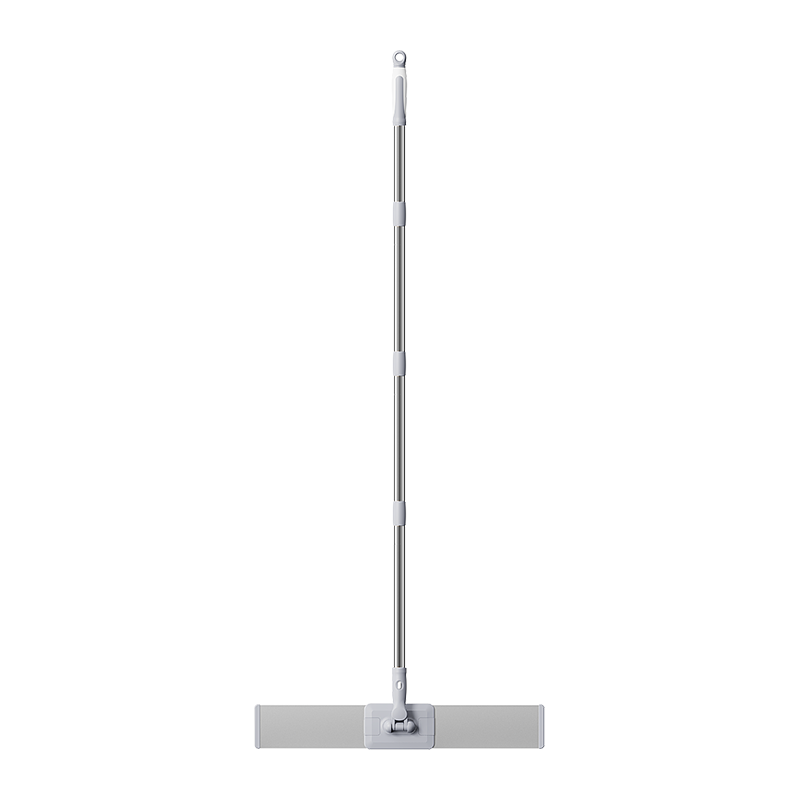
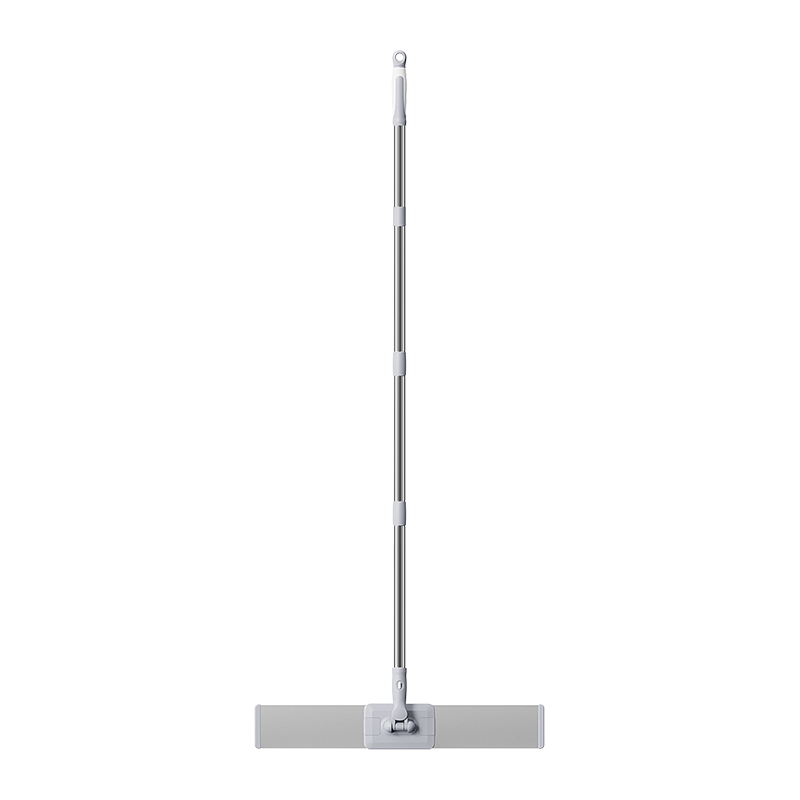
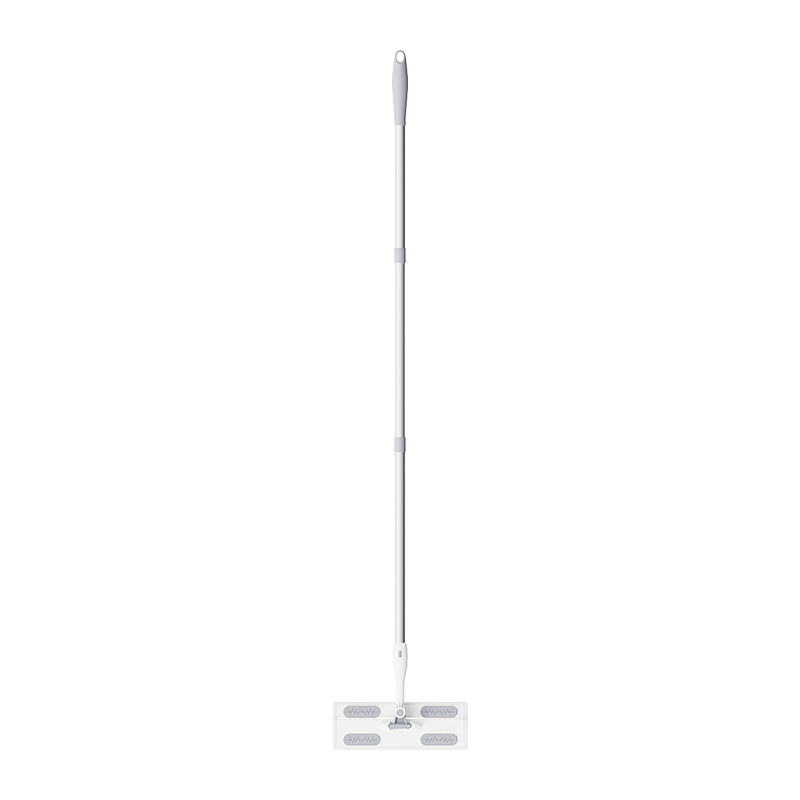
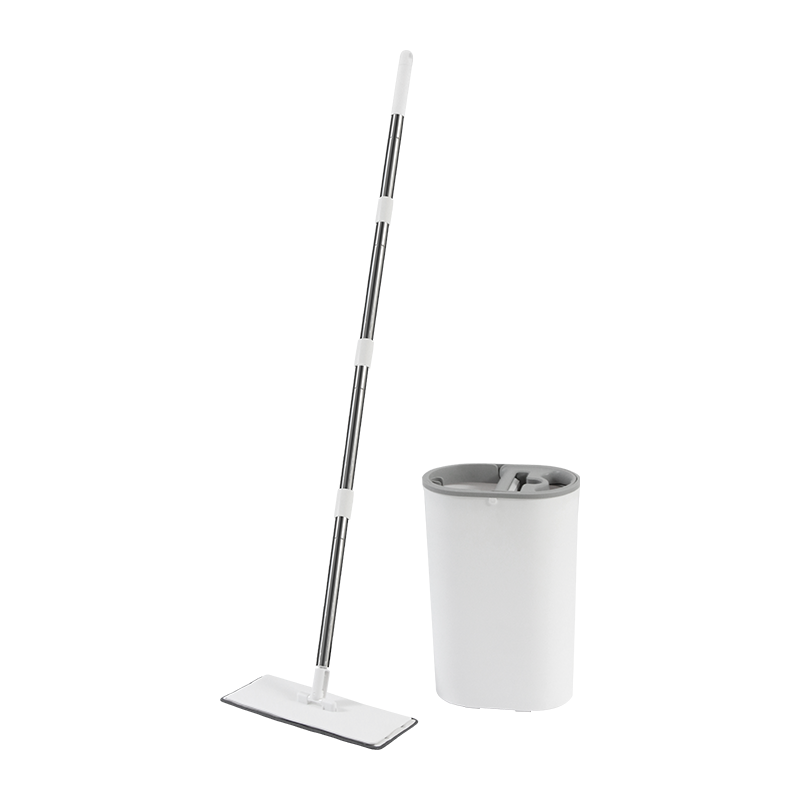
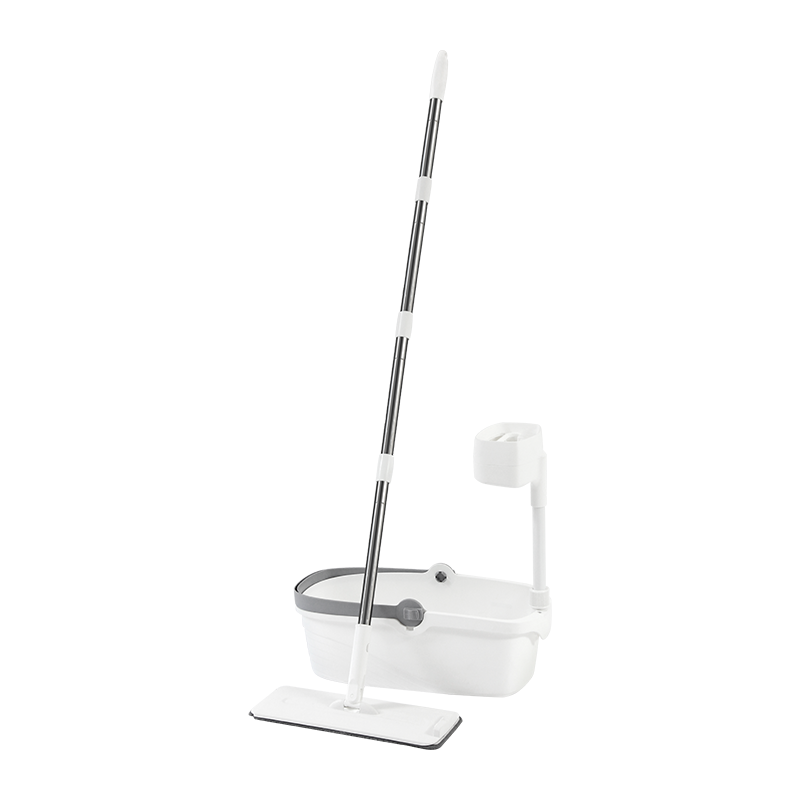

 Products
Products












